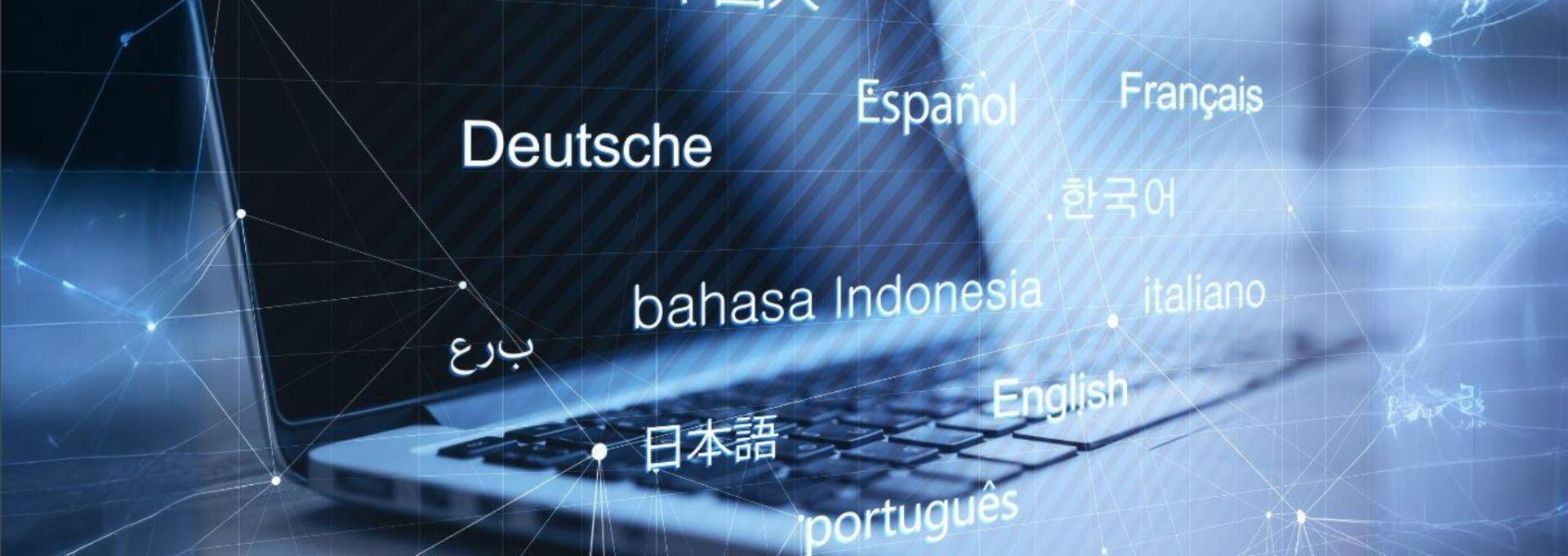Leveraging Advanced Technology to Create Engaging Content Across Languages
AI and machine translation tools are transforming the way multilingual content is created and optimised.
Businesses can now leverage AI to streamline content translation while maintaining a consistent global presence.
In this article, we will explore the benefits and limitations of using AI for multilingual content optimisation and how it can be effectively integrated with human expertise to ensure quality across languages.
The Role of AI in Multilingual Content Optimisation
AI-powered translation tools like Google Translate and DeepL have revolutionised the speed and efficiency of content translation.
These tools use machine learning and natural language processing (NLP) to translate large volumes of content quickly.
AI can analyse patterns in language to offer more contextually accurate translations, improving the overall quality of translated content.
AI’s Efficiency in Content Translation
AI reduces the time required for translating content into multiple languages, making it ideal for large-scale projects.
It automates repetitive tasks, allowing businesses to publish multilingual content faster and with less manual effort.
AI also makes it easier to keep content updated across multiple language versions, maintaining consistency.
Benefits of AI-Powered Translation Tools
The use of AI in multilingual content optimisation offers several advantages.
From cost savings to scalability, AI-powered translation tools can improve efficiency without compromising too much on quality.
Here are some of the key benefits of using AI for multilingual content translation and optimisation.
Cost-Effectiveness and Scalability
AI translation tools can significantly reduce the cost of manual translation services, particularly for larger content projects.
These tools allow businesses to scale content production across languages without the need for extensive resources.
AI makes it possible to translate and optimise content for global audiences at a fraction of the traditional cost.
Speed and Efficiency
AI-powered tools deliver faster translation results, allowing businesses to quickly respond to market demands in different regions.
This speed is particularly useful when updating websites, e-commerce platforms, or other time-sensitive digital content.
By automating the translation process, businesses can maintain an agile approach to content management across markets.
Limitations of AI in Multilingual Content Optimisation
Despite its many advantages, AI translation tools have limitations that should be considered.
While AI can handle basic translations, it often struggles with more nuanced or culturally sensitive content.
To ensure high-quality translations, human expertise is needed to review and refine AI-generated content.
Lack of Cultural Context and Nuance
AI translation tools may fail to accurately capture cultural references, idioms, or language-specific nuances.
These tools often provide literal translations, which can result in awkward phrasing or misunderstandings.
Human translators are essential for ensuring that the content is not only linguistically correct but also culturally appropriate.
Quality Control and Human Oversight
AI can make errors in grammar, tone, or terminology that may go unnoticed without human oversight.
For industries where accuracy is critical, such as legal, medical, or technical content, human review is crucial.
By combining AI with human expertise, businesses can ensure that content meets the highest standards of quality.
Integrating AI and Human Expertise for Optimal Results
The most effective multilingual content optimisation strategies combine the efficiency of AI with the insight of human experts.
AI can handle the bulk of translation work, while human translators focus on refining and localising the content for each market.
This hybrid approach ensures that content is both scalable and high quality.
Human-in-the-Loop Translation
In a human-in-the-loop model, AI tools provide initial translations that human translators review and edit.
This approach speeds up the translation process while maintaining the quality and accuracy of the final content.
Human translators can address any cultural, linguistic, or contextual issues that AI may overlook.
Post-Editing Machine Translation (PEMT)
PEMT is another effective strategy where human translators edit AI-generated content to improve its readability and accuracy.
This method saves time and resources while ensuring that the content aligns with the brand’s tone and regional expectations.
PEMT offers a balance between automation and human input, leading to better overall results.
Ethical Considerations in Using AI for Content Optimisation
As businesses rely more on AI for multilingual content optimisation, ethical considerations arise around data privacy and transparency.
It is important to ensure that the use of AI tools complies with data protection regulations, especially when handling sensitive information.
Additionally, businesses should be transparent with users about when content has been translated using AI tools.
Data Privacy Concerns
AI translation tools often require access to large datasets, raising concerns about data security and privacy.
Businesses must ensure that they use AI solutions that comply with GDPR and other privacy regulations.
Implementing safeguards to protect user data is crucial when deploying AI-driven content solutions.
Looking Ahead: The Future of AI in Multilingual Content Optimisation
As AI technology continues to evolve, we can expect even more sophisticated translation tools that offer improved accuracy and contextual understanding.
Future AI systems may be able to better handle cultural nuances, making them even more effective in multilingual content optimisation.
By staying ahead of these advancements, businesses can continue to improve their global reach and deliver high-quality content at scale.
Final Thoughts: Where AI Meets Human Expertise
AI-powered translation tools are a valuable asset for multilingual content optimisation, offering speed and scalability.
However, the limitations of AI highlight the ongoing need for human expertise to ensure cultural relevance and quality.
By integrating AI with human input, businesses can achieve the perfect balance of efficiency and precision in their multilingual content strategies.






